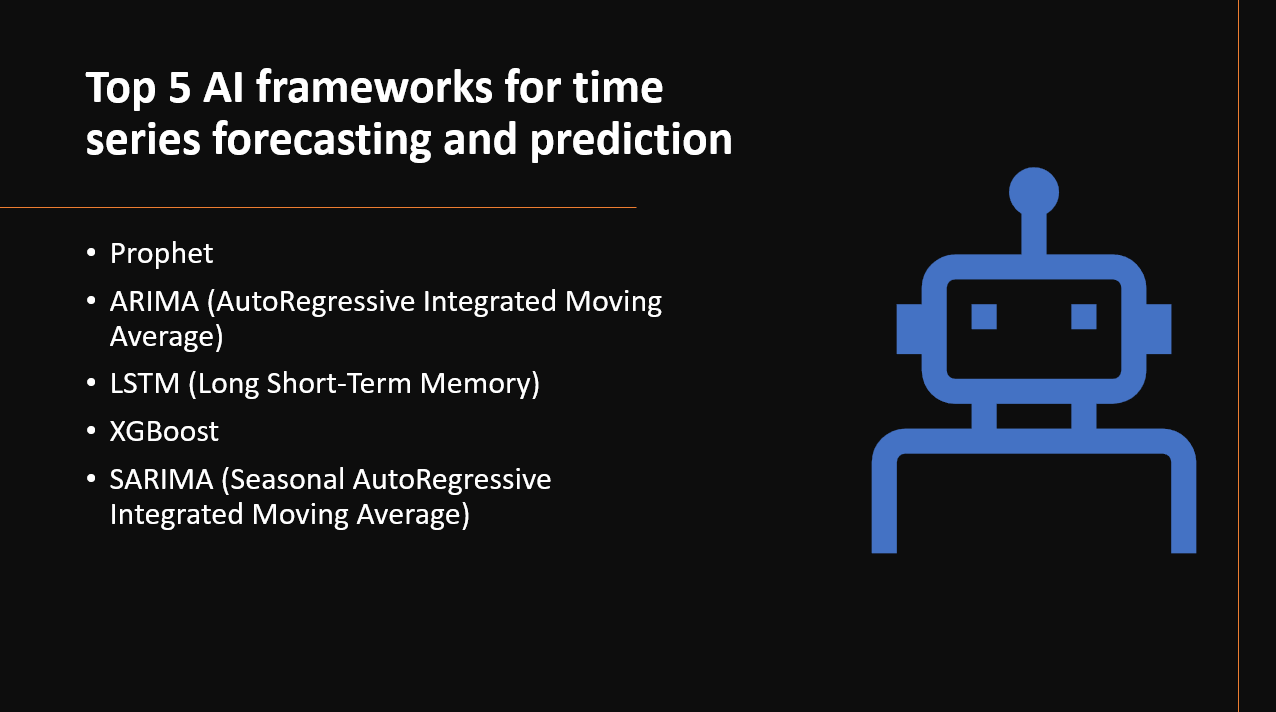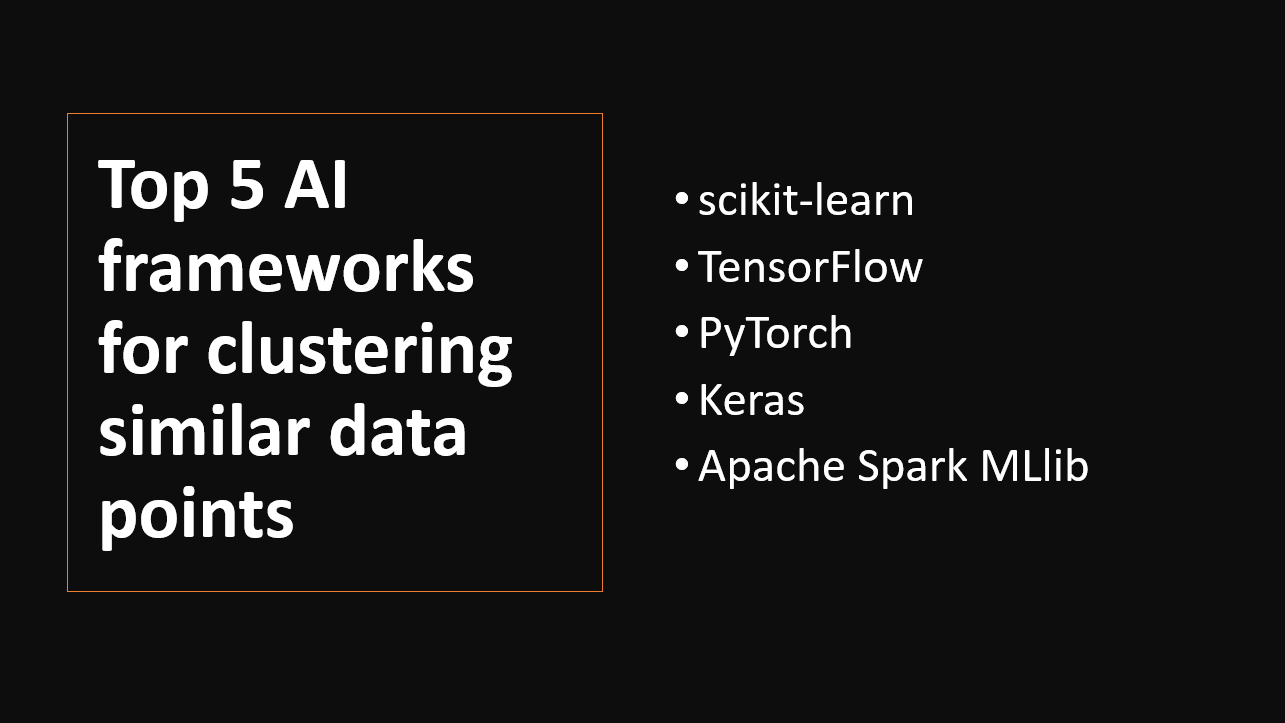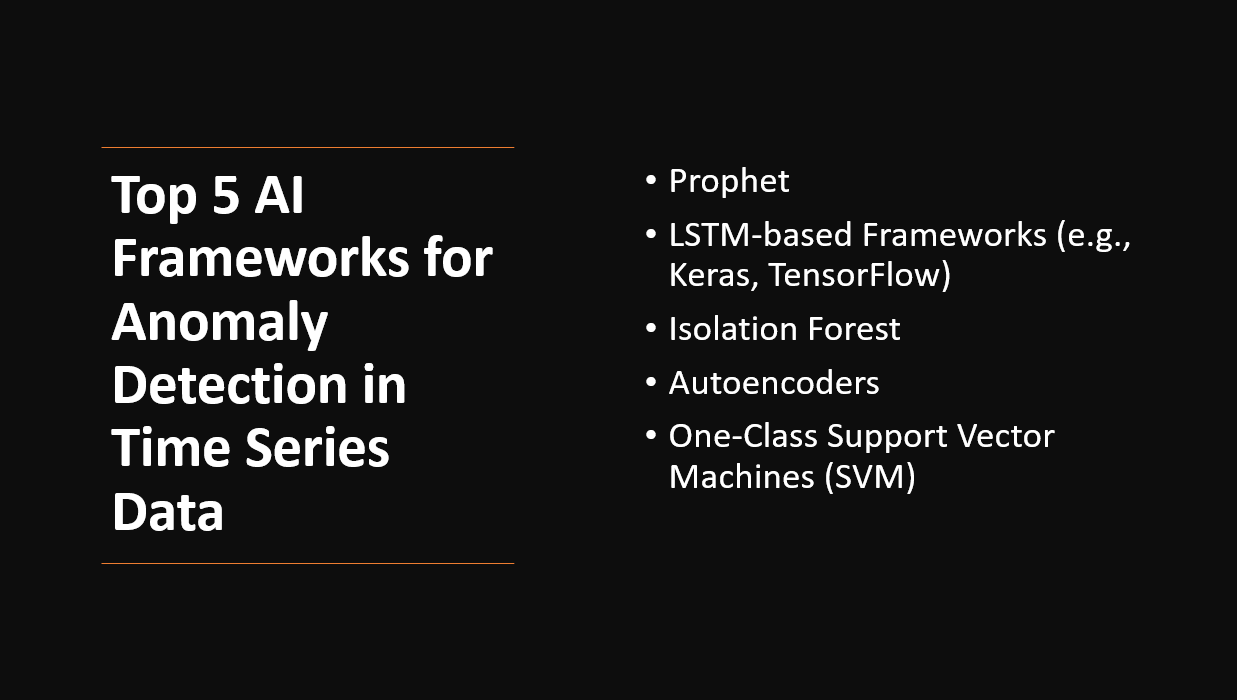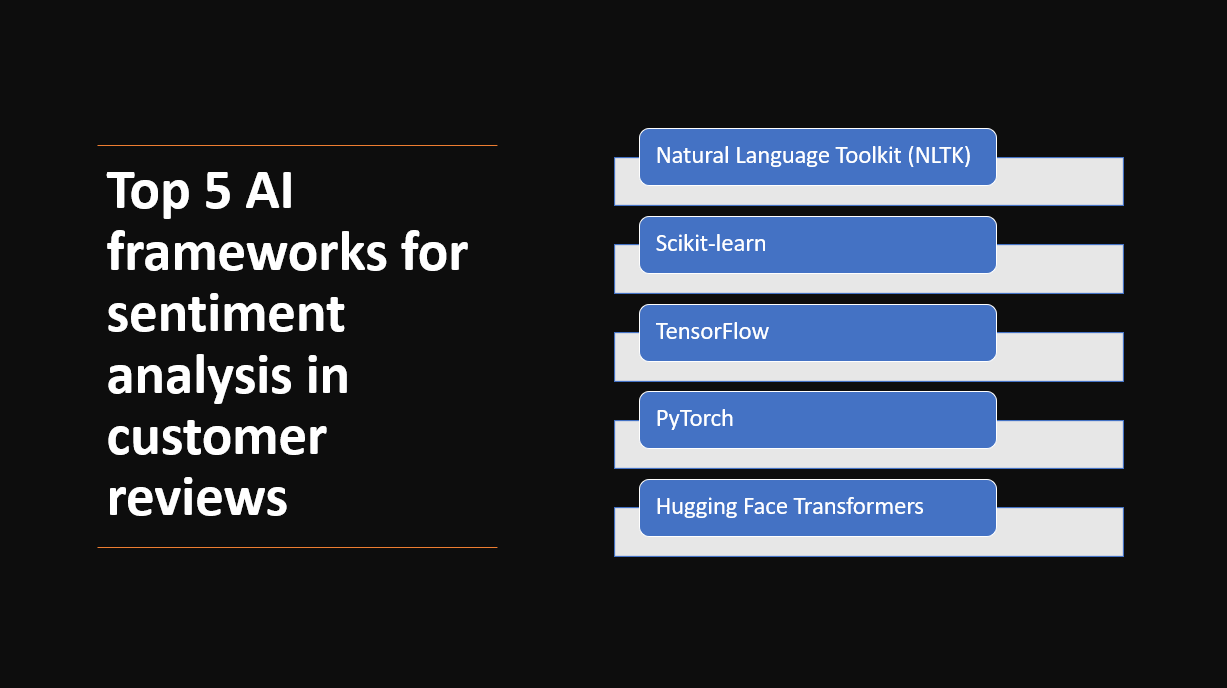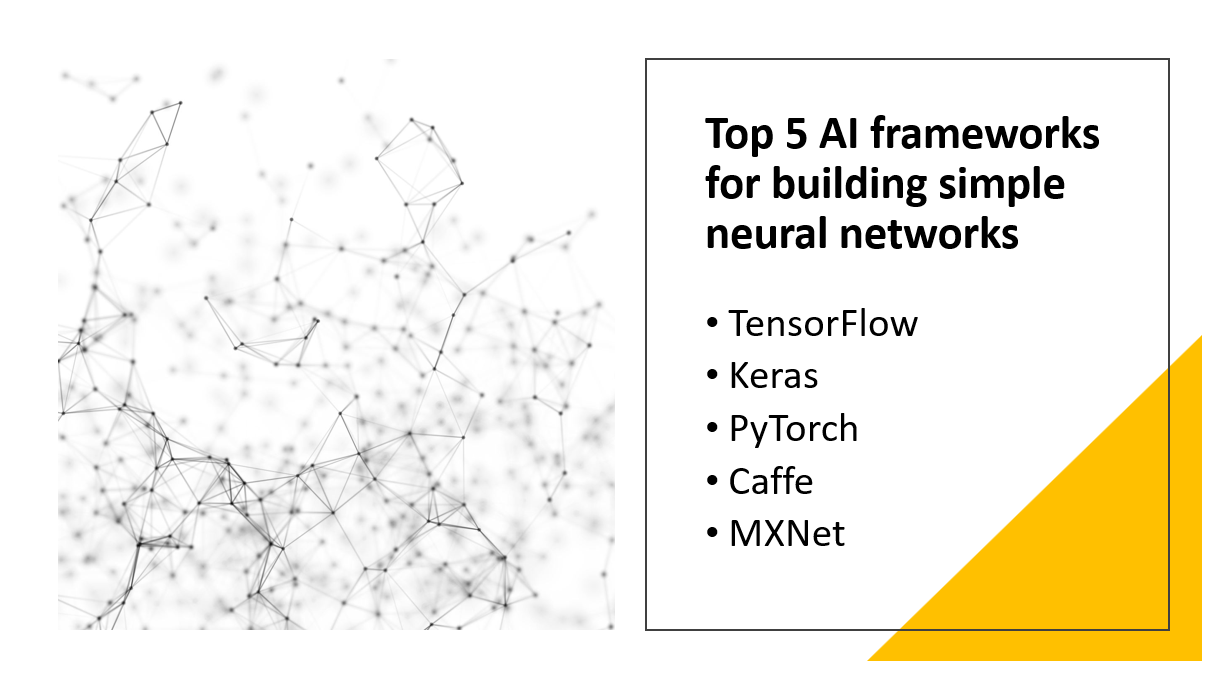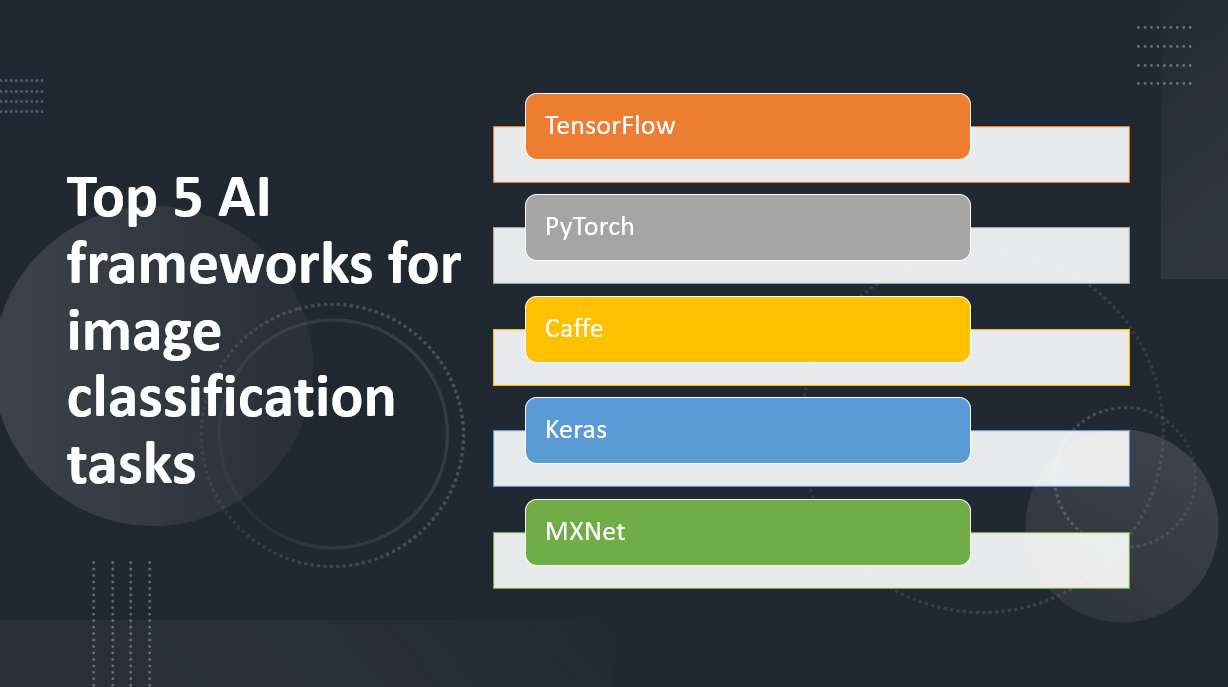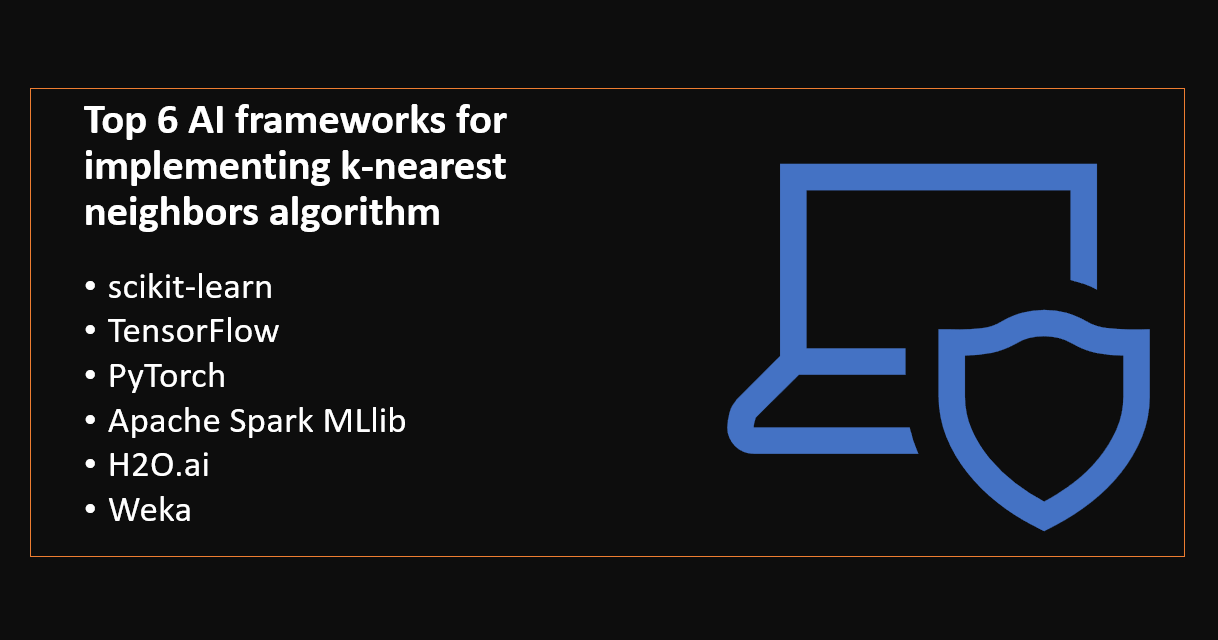
Introduction
The k-Nearest Neighbors (k-NN) algorithm is a simple yet powerful machine learning technique used for classification and regression tasks. It operates based on the distance between data points and their neighbors, making it a popular choice for various applications. AI frameworks offer efficient implementations of the k-NN algorithm, providing developers with the tools to leverage its capabilities effectively. In this blog post, we will explore the top six AI frameworks for implementing the k-Nearest Neighbors algorithm, enabling data scientists and researchers to harness its potential for pattern recognition and predictive modeling.
Why use AI frameworks for implementing k-Nearest Neighbors algorithm?
- AI frameworks optimize the k-Nearest Neighbors (k-NN) algorithm for fast computation.
- AI platforms handle large datasets efficiently, making k-NN suitable for big data applications.
- AI frameworks allow fine-tuning k-NN parameters for specific use cases.
- AI platforms seamlessly integrate k-NN with other machine learning algorithms.
- AI frameworks offer additional features to enhance k-NN, such as weighted k-NN and distance weighting.
Related Reading:
Here's Our List of the Top 6 AI Frameworks for Implementing k-Nearest Neighbors Algorithm:
1: scikit-learn
Overview and Importance
scikit-learn is a popular AI framework widely used for implementing the k-nearest neighbors (KNN) algorithm. It provides efficient tools for data manipulation, analysis, and model building, making it a preferred choice for machine learning tasks, including KNN.
Key Features and Capabilities
KNN Implementation
- scikit-learn offers a user-friendly implementation of the KNN algorithm, allowing easy configuration of the number of neighbors and distance metrics.
Data Preprocessing
- The framework provides various preprocessing functionalities like scaling, normalization, and feature extraction, which can enhance the performance of KNN on different datasets.
Model Evaluation
- scikit-learn includes tools for model evaluation, enabling users to assess the performance of their KNN models through various metrics like accuracy, precision, and recall.
2: TensorFlow
Overview and Importance
TensorFlow, an open-source AI framework developed by Google, is renowned for its versatility and scalability. While primarily known for deep learning applications, it can also be utilized to implement the k-nearest neighbors (KNN) algorithm effectively. Its flexibility and wide adoption in the AI community make it a popular choice for various machine learning tasks, including KNN.
Key Features and Capabilities
KNN Implementation
- TensorFlow allows users to implement the KNN algorithm using its computational graph and high-level APIs, making it easier to create and optimize KNN models.
Tensor Manipulation
- The framework provides powerful tensor manipulation operations, essential for handling multi-dimensional data used in KNN, such as distance calculations and data processing.
Distributed Computing
- TensorFlow's distributed computing capabilities enable efficient parallel processing, making it suitable for handling large-scale KNN tasks with vast datasets.
Related Reading:
3: PyTorch
Overview and Importance
PyTorch is a widely-used open-source AI framework known for its dynamic computational graph and simplicity in building complex models. While primarily associated with deep learning, PyTorch can also be utilized for implementing the k-nearest neighbors (KNN) algorithm. Its user-friendly interface and strong community support make it a favorable choice for researchers and developers alike.
Key Features and Capabilities
Dynamic Computational Graph
- PyTorch's dynamic computational graph allows for on-the-fly building and modification of models, making it suitable for implementing dynamic algorithms like KNN.
GPU Acceleration
- PyTorch supports GPU acceleration, enabling faster computation for KNN tasks with large datasets, where distance calculations can be resource-intensive.
Extensive Library Support
- PyTorch offers a rich ecosystem of libraries that provide ready-to-use components for tasks like data preprocessing, distance calculations, and model evaluation, streamlining the KNN implementation process.
4: Apache Spark MLlib
Overview and Importance
Apache Spark MLlib is a powerful open-source AI framework designed for distributed machine learning tasks. While often associated with big data processing, it can also be used to implement the k-nearest neighbors (KNN) algorithm efficiently on large-scale datasets. Spark MLlib's ability to handle massive datasets in a distributed computing environment makes it suitable for KNN tasks involving extensive data.
Learn more about Apache Spark MLlib
Key Features and Capabilities
Distributed Computing
- Spark MLlib's distributed computing capabilities enable parallel processing of data, making it highly efficient for KNN tasks with large datasets.
Scalability
- Spark MLlib is designed to handle big data and scales seamlessly across a cluster of machines, ensuring the KNN algorithm can be applied to vast amounts of data.
Integration with Spark Ecosystem
- Spark MLlib seamlessly integrates with the broader Spark ecosystem, providing access to various data sources, data preprocessing tools, and other machine learning algorithms, which can be beneficial in preparing data and optimizing the KNN algorithm's performance.
Related Reading:
Best AI platforms for analyzing user behavior on websites
5: H2O.ai
Overview and Importance
H2O.ai is an open-source AI platform that provides scalable and distributed machine learning capabilities. Although it is renowned for its support of complex algorithms, including deep learning and gradient boosting, it can also be utilized for implementing the k-nearest neighbors (KNN) algorithm. H2O.ai's efficient parallel processing and distributed architecture enable the application of KNN on large datasets, making it a valuable tool for KNN-based tasks.
Key Features and Capabilities
Distributed and Scalable
- H2O.ai's distributed computing capabilities allow the processing of data across multiple nodes, facilitating the implementation of KNN on massive datasets in a parallel and scalable manner.
Advanced Machine Learning Algorithms
- While popularly known for its support of advanced algorithms, H2O.ai also offers KNN, making it a comprehensive platform for various machine learning tasks, including KNN-based classification and regression.
Automatic Parallelization
- H2O.ai automatically parallelizes computation tasks, optimizing the execution of KNN and reducing computation time on distributed systems, improving overall performance.
6: Weka
Overview and Importance
Weka is a popular and widely used open-source machine learning software that provides a range of tools for data preprocessing, classification, regression, clustering, and more. It is known for its user-friendly interface and accessibility, making it a preferred choice for both beginners and experienced data scientists. Weka supports various machine learning algorithms, including the k-nearest neighbors (KNN) algorithm, making it suitable for KNN-based tasks.
Key Features and Capabilities
Preprocessing and Data Transformation
- Weka offers a variety of data preprocessing techniques, such as filtering, normalization, and feature selection, to prepare data for KNN and other machine learning algorithms.
KNN Algorithm Implementation
- Weka provides a straightforward implementation of the KNN algorithm, allowing users to perform classification or regression tasks based on the K-nearest neighbors.
Visualization and Evaluation
- Weka includes visualization tools to explore datasets and understand the results of KNN-based models. It also offers evaluation metrics to assess model performance, enabling users to compare different KNN configurations.
Conclusion
AI frameworks are significant for implementing the k-Nearest Neighbors (k-NN) algorithm in pattern recognition and predictive modeling tasks. The top six frameworks are scikit-learn, TensorFlow, PyTorch, Apache Spark MLlib, H2O.ai, and Weka. They offer efficient and scalable implementations of the k-NN algorithm for various applications. The impact of these frameworks spans across data science and bioinformatics domains, enabling data practitioners to make accurate and data-driven decisions. Researchers and data practitioners are encouraged to explore these AI frameworks to leverage the power of k-NN for extracting valuable insights from their data with efficiency and accuracy.

